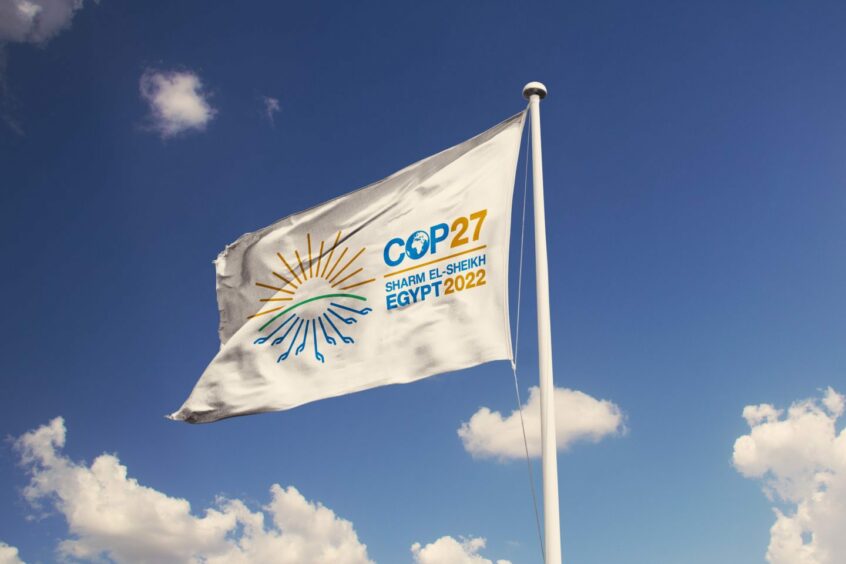
Egypt has struck a number of agreements with energy companies around sustainability and reducing emissions, including at the Idku liquefaction plant.
The North African state flares around 4 billion cubic metres per year of natural gas.
US President Joe Biden gave a speech on November 11 in Egypt. Among various plans, he said the US would provide – alongside the European Union and Germany – a $500 million package of support. This, he said, would “finance and facilitate Egypt’s transition to clean energy”.
This will help Egypt to deploy 10 GW of renewable energy by 2030. It will also help decommission 5 GW of “inefficient gas-powered facilities, reducing emissions in Egypt and power sector by 10%”.
Egyptian President Abdel Fattah al-Sisi signed up to the Global Methane Pledge in June. Under this pledge, participants agree to take action to reduce methane emissions by 30% from 2020 levels by 2030.
Decarbonisation day
Egyptian Minister of Petroleum and Mineral Resources Tarek El Molla witnessed the signing of seven memorandums of understanding (MoUs) at COP27.
November 11 was “decarbonisation day” at the COP27 meeting, held this year at Sharm El Sheikh.
Shell Egypt boss Khaled Kassem signed an MoU with Egyptian Natural Gas (EGAS) on managing greenhouse gases and reducing emisisons.
Qassem said the company had “global experience” in reducing emissions and has contributed to a number of projects in Egypt already.
EGAS struck a similar MoU with TotalEnergies on decarbonisation.
The Egyptian company also signed an MoU with GE, represented by Joseph Anis, and SeaSplit Technologies. This was focused on the development of 1.5 GW of offshore wind in the Gulf of Suez. This might involve the participation of oil and gas companies, with power going to offshore facilities and surplus generation supplying the onshore grid.
EGAS signed an MoU with Microsoft Egypt on the development of a sustainability road map.
Toyoto signed an MoU on studying a blue ammonia project.
The UK’s Hiiroc signed an MoU with EGAS on flaring and zero-emission hydrogen. The hydrogen plan focused on the use of thermal plasma – so called turquoise hydrogen.
Idku liquefaction
The seventh MoU was on tackling flaring at the Egyptian LNG (ELNG) plant, at Idku. Bechtel – with Enppi, Petrojet, Baker Hughes, GE Digital, HSBC and NBE – will work on the study for the Idku liquefaction terminal.
Egyptian Minister of Petroleum and Mineral Resources Tarek El Molla hosted the signing ceremony for the plan at the decarbonisation day, at COP27.
Bechtel said the study would look at total routine flaring recovery. The plan would consist of modifying the existing flare and compression system at the Idku plant. The aim is to move into a front-end engineering and design (FEED) phase by early 2023.
“I am so proud that Egypt’s oil and gas sector is contributing significantly to achieving top strategic goals and priorities”, El-Molla said. The sector is “accelerating decarbonisation and applying state-of-the-art technologies and solutions in this domain”.
Shell Egypt country chair Khaled Kacem welcomed the plan. He said it demonstrated the company’s “commitment to powering progress by providing more and cleaner energy”.
ELNG has two trains. The company CEO Mohamed Elbahnasy said it had a continuing effort to improve operational performance.
“Flare reduction and recovery will reduce our greenhouse gas emissions and optimize fuel consumption and running hours of our rotating equipment, to enhance production and reduce operating costs,” he said.
